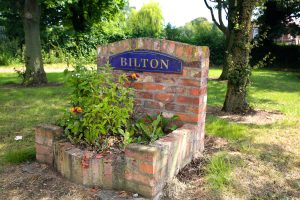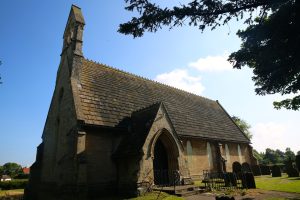
The origins of the village of Bilton can be traced back to at least Anglo-Saxon times and the name is thought to come from “Billa’s Farm”. Mentioned in the Domesday Book the village remained a tiny farming community with a population of 91 people in 1821.
The village was set apart however by being on a circuitous route from Hull via Preston to Hedon, until a new direct route created along the banks of the Humber. In 1745 the importance of this route was noted when it was one of the first to be taken over by the turnpike trust. One of the tollhouses was at Wyton Holmes near Bilton.
Although Bilton remained a small village in the 19th century it did support a church school. The village in 1921 had a population of just 127 people, but grew rapidly just before and after the Second World War. In 1936 Hull’s insatiable appetite for more land led to the Corporation buying part of the Bilton Grange Farm and soon after announcing the building of an 800 home estate.

After the 2nd world war the village continued to prosper with new developments in the 1960 like the Lime Tree Lane estate. In 1986 a new Village Hall was opened as a result of fund-raising by local residents and grant aid from the Holderness Borough Council and the Humberside County Council.
The village continues to support a local Church, School and the Village Hall. It also has a dramatic society operating from premises in Hull, but under the name of the Bilton Amateur Drama Group. The Hall was part of the original Village before the extension of the Hull boundary.
It now has a population of approx 2,000 residents.
